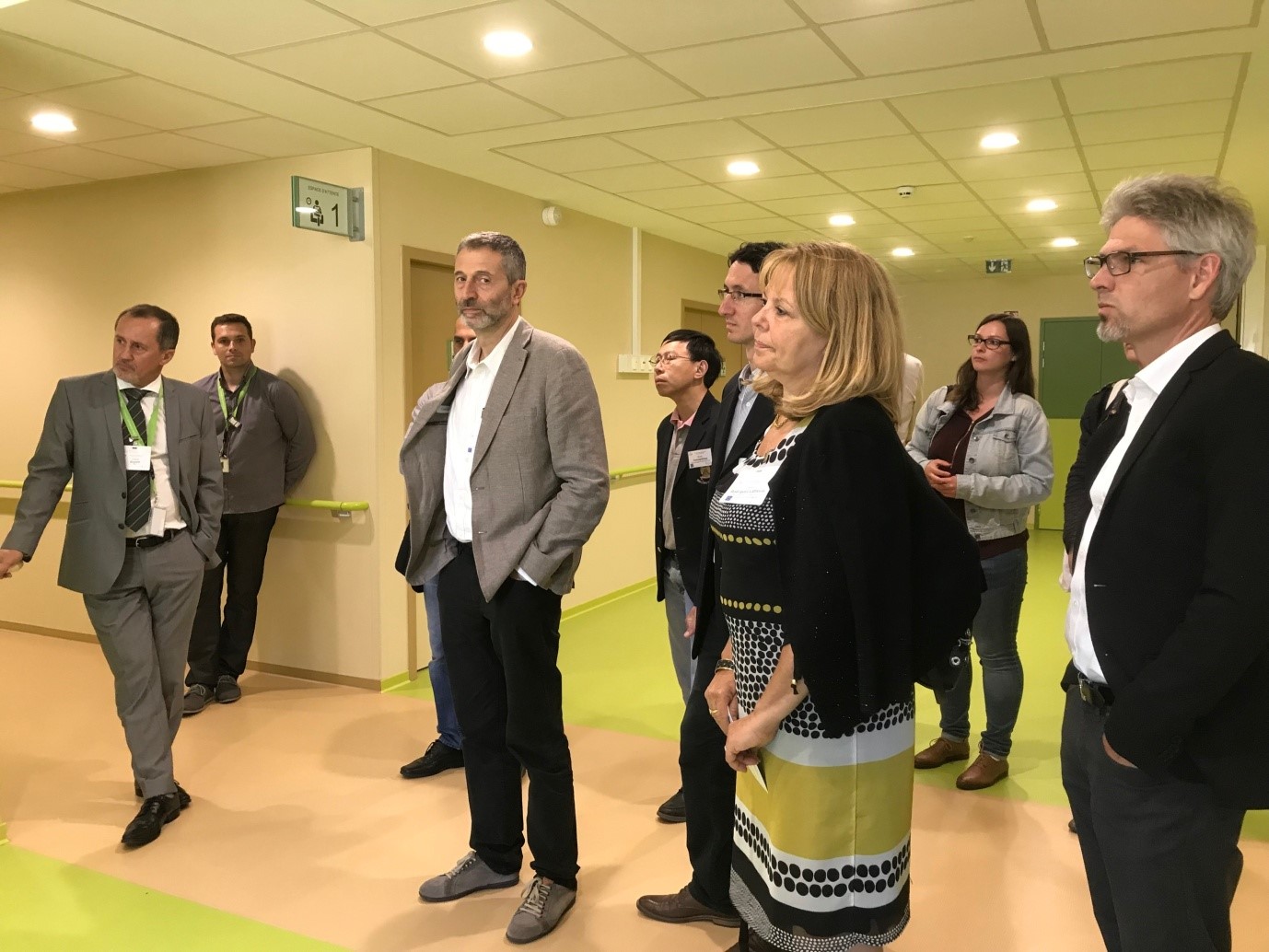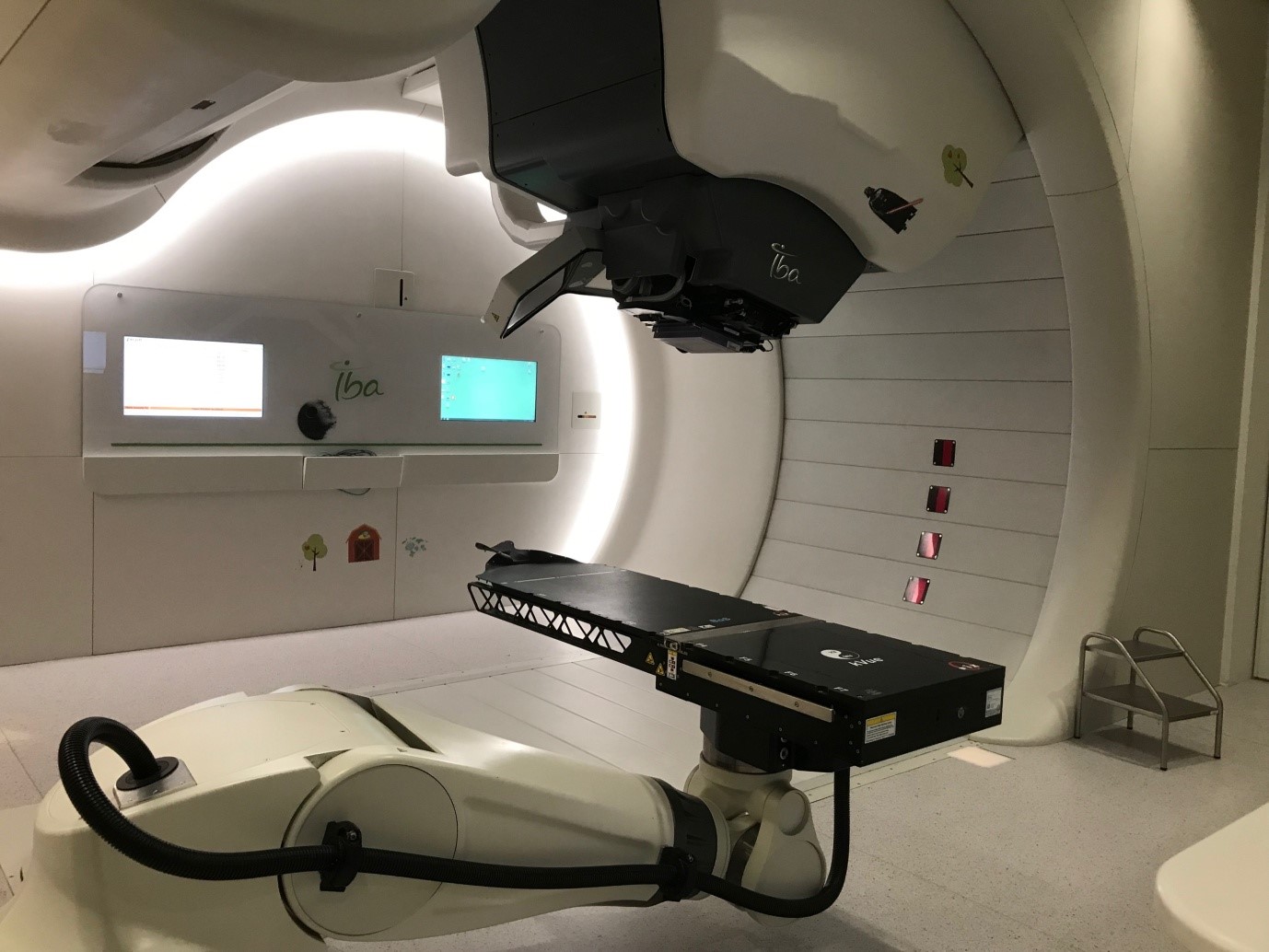A bright future with new facilities and new technologies - PDF Version
At the 2019 annual meeting of the European Network for Light ion Hadron Therapy (ENLIGHT) hosted by the University of Caen (Normandy, France) and the cancer treatment centre, the Centre François Baclesse of Caen, from 1-3 July 2019, experts from all over the world gathered to discuss the hottest topics in radiation oncology. . Session seven covered the central topic of facilities progress, including new projects and new technology designs.
Pawel Olko (Krakow, Poland) gave a complete and exciting review of all the projects in Europe and Russia under the title Progress report on treatment centres (MedAustron, Aarhus, Manchester, Maastricht and Groningen among others). He described the beginning of operations at eight new proton therapy centres in Europe in 2018-2019: in Denmark, France, The Netherlands (three), Russia, UK (two). The next centres will start their operations in 2019-2020: in Belgium (one), Spain (two), UK (four), and Norway (two in 2023). Finally, he discussed new particle therapy projects that are under consideration in Balkan countries, Poland, Portugal, Romania and Slovakia. Most of these projects are based on cyclotrons.
 The control room at the Normandy Proton Therapy Centre in Caen, France
The control room at the Normandy Proton Therapy Centre in Caen, France
The next report was: An overview of new techniques/options/methods that are being studied/proposed at the moment. Marco Shippers (Paul Scherrer Institute, Switzerland) gave this master review on cyclotrons, synchrotrons, linear particle accelerators (linac), gantries and original innovative designs for possible future machines - if they prove reliable, affordable and able to improve the present standard of care. Many animations made this presentation readily understandable and very educational.
 Visiting the facility, understanding the treatment.
Visiting the facility, understanding the treatment.
Perspectives in the USA: Robert Miller (US) offered a wise and pragmatic approach to proton therapy economics inspired by his new institution, the Maryland Protontherapy Center. Beyond medical and scientific optimisation of the choice of treatment and adaptation to the patient, the ability to develop workflow efficiency to obtain the same cost as classical external beam radiation therapy (at least in the US) is a very important part of the question of proof, accessibility and finally equity in providing proton therapy to patients. Technology and industrial competition are able to help to meet this goal.
 What is underground?
What is underground?
 What is the scale of a proton therapy facility? Visiting the underground – discovering some giant magnets
What is the scale of a proton therapy facility? Visiting the underground – discovering some giant magnets
Particle therapy status in South Korea was a review of the fast development of particle therapy in this country of 50 million inhabitants, given by Woo-Yoon Park (South Korea). There, two proton therapy centres operate with a total of five rooms, and two carbon-ion centres are under construction each with five rooms. One will include dual superconducting gantry equipment. Two research centres, one for protons and one for carbon ions, complete this plentiful therapy environment. This programme is securely funded, since the national health insurance of the country reimburses payments for treatment using protons in the following cases: all paediatric cancers (below the age of 18), re-irradiations, brain and spinal tumours, head & neck cancers (including of the eye), thoracic cancers (excluding breast cancer) and abdominal cancers (liver, biliary, pancreas, and retroperitoneal tumours). South Korea accounts for more than 25,000 expected cases for heavy particles per year.
Some industrial sponsors also had the opportunity to present their latest products. In particular, Sara La Civita (MEVION, US) presented for Mevion a talk on advances in integrated compact single-room proton therapy systems; while Claude Dupont (IBA, Belgium) gave a talk about defining the future of proton therapy with arc and Flash.
 The Centre François Baclesse uses Proteus One proton therapy equipment (by IBA) which has a mobile gantry system with pencil-beam scanning (PBS), allowing conformational treatment with 3D modulation of the dose delivered.
The Centre François Baclesse uses Proteus One proton therapy equipment (by IBA) which has a mobile gantry system with pencil-beam scanning (PBS), allowing conformational treatment with 3D modulation of the dose delivered.
Please find all presentations at https://indico.cern.ch/event/783037/timetable/#all.detailed

Manjit Dosanjh
CERN

Jacques Balosso
Centre Francois Baclesse
ARCHADE

Yannick Saintigny
CEA